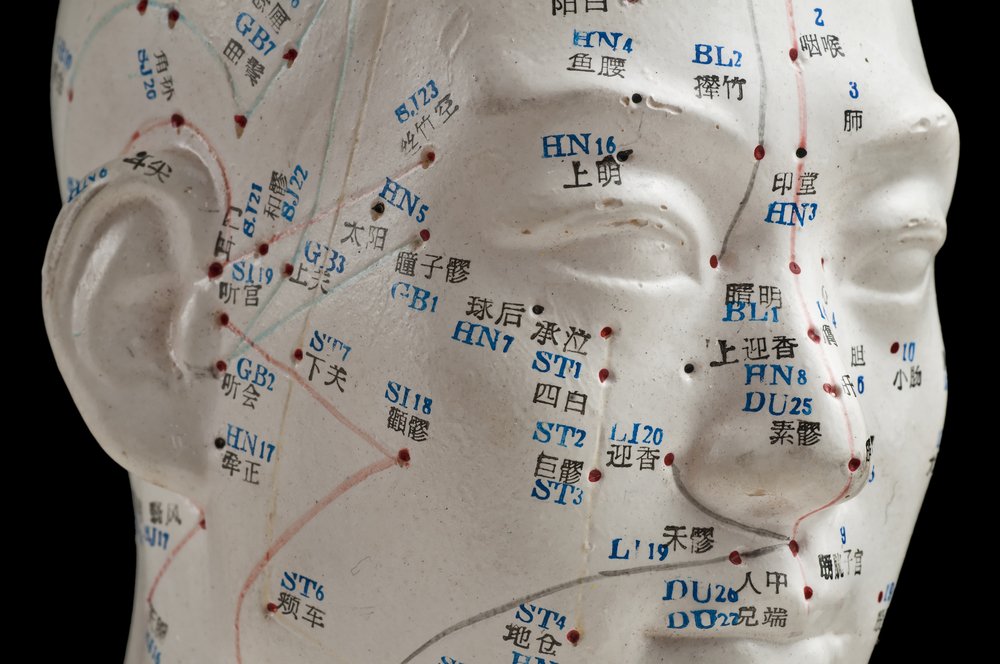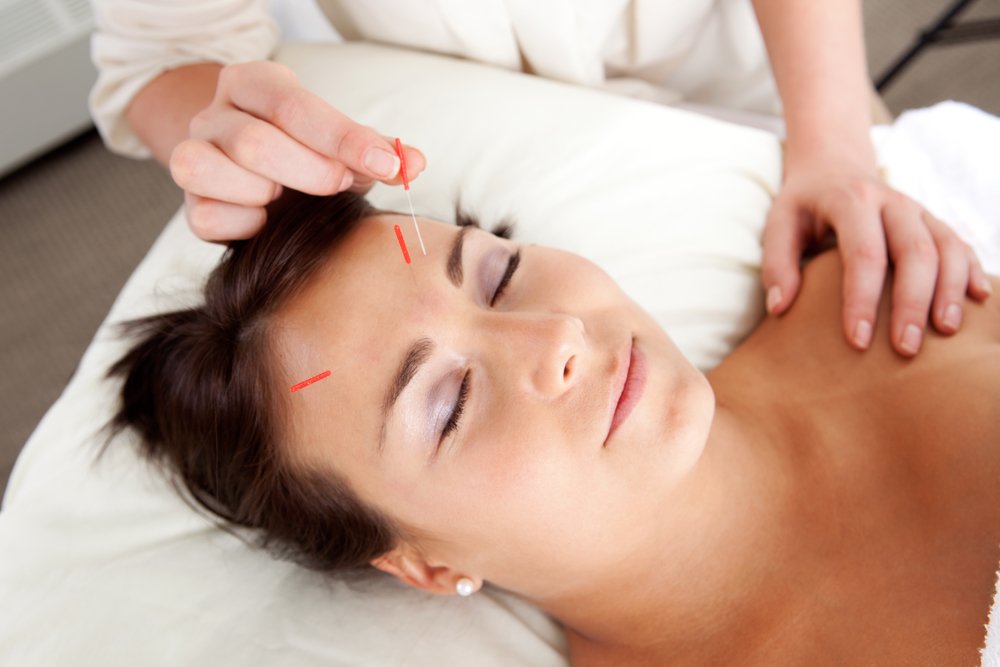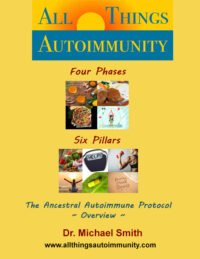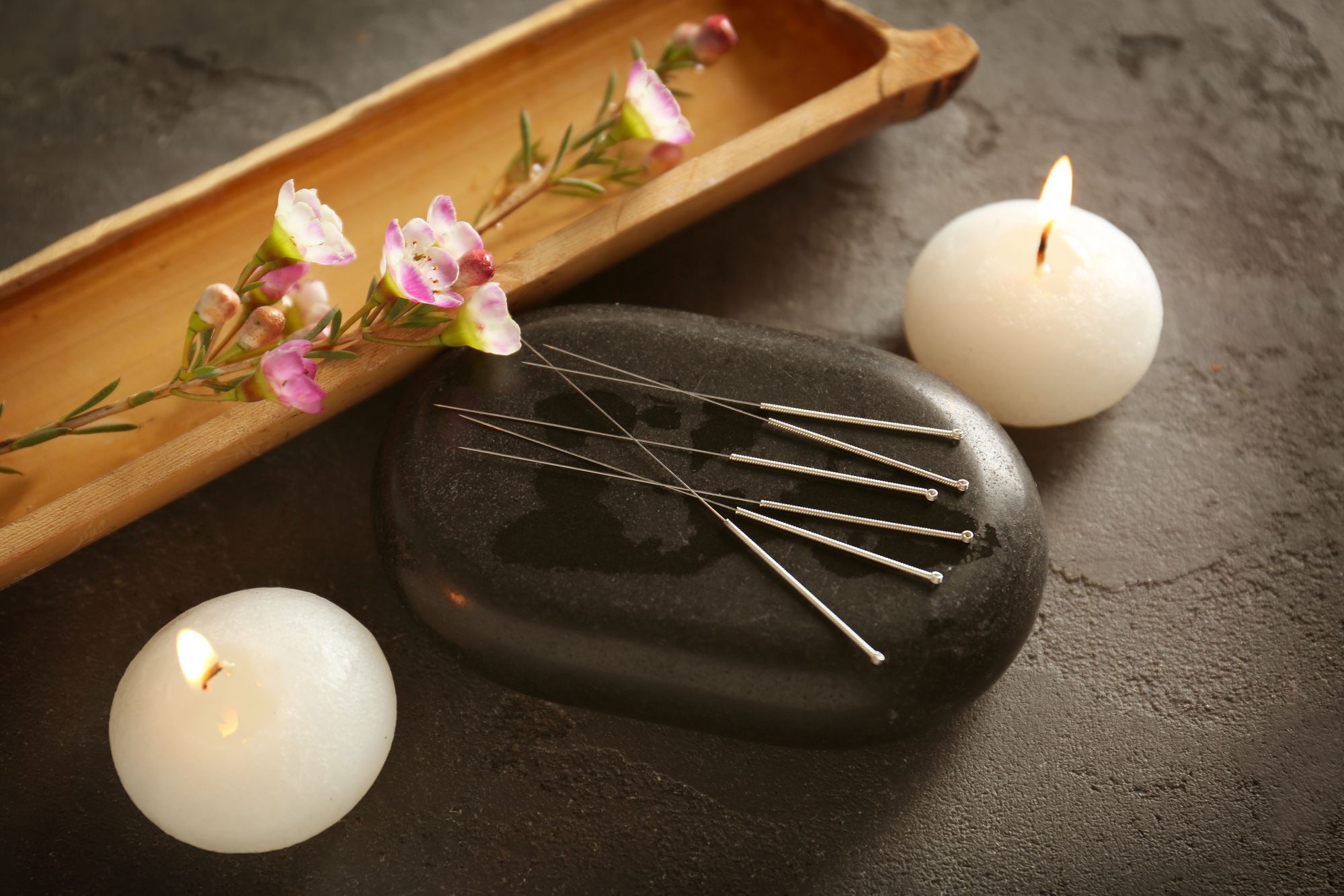Acupuncture
Improve Circulation, Communication, and Healing throughout your whole body!



Acupuncture is one of the oldest and most effective medical procedures still practiced on Earth!
For thousands of years, people have been stimulating circulation, relieving acute and chronic pain, stabilizing metabolic disorders, invigorating the immune system as well as improving sleep and digestion with Acupuncture.
It may seem hard to believe that inserting very fine needles into your skin can do so much for your health, but leading-edge scientific research confirms that acupuncture is effective. The World Health Organisation (WHO) has recognized acupuncture as an effective form of treatment for pain, allergies, asthma, eczema, insomnia, anxiety, depression, IBS, Migraines and 150 other conditions.
I have practiced Acupuncture for 25 years and can say with confidence that it is a VERY effective form of treatment, especially for many of the chronic illnesses that we face today.
I recommended that you wear loose-fitting clothes or bring a bathing suit to a treatment. It is also recommended that you go to the washroom previous to your appointment. I do not recommend being under the influence of any recreational substance or alcohol, otherwise, you will very likely feel nauseous during the treatment. I have seen several people vomit after coming to a treatment even slightly altered by drugs or alcohol.
It is perfectly natural for anyone to be apprehensive about receiving an acupuncture treatment, or more literally being poked with about a dozen needles and then be asked to lay still and relax into the experience. Keep in mind that this is a treatment that has been practiced for thousands of years and is now available in every country in the world. In my experience, the profound benefits of acupuncture are well worth the few moments of mild discomfort that occasionally happen during an acupuncture treatment.
I would not continue to offer this as my primary approach to health care if I could find a more beneficial and effective therapeutic approach for my patients.
What is Acupuncture like?
A typical Acupuncture treatment begins with a review of your health and a detailed exploration of your present symptoms. Once your acupuncturist has determined the kind of treatment that is necessary, you will usually remove some of your clothing and lie down on a massage table and get as comfortable as possible.
Your acupuncturist will then clean each point to be needled with a cotton ball soaked with isopropyl alcohol ensuring that there is no risk of infection.
As the needle goes through your skin you may feel a little pinprick, but often you will not feel it at all. Once the needle is through your skin, your acupuncturist will guide it to the actual acupuncture point. When the needle touches the right spot you may feel a little “surprise”. I always ask my patients to tell me as soon as they feel the surprise to ensure that I do not overstimulate the point.
Most often the surprise will be an involuntary muscle twitch. Sometimes a muscle will “grab” the needle instinctually and you will feel a dull pulling sensation for a few seconds. Quite often the needle will cause a mild tingling sensation that will travel along your body. Rarely, but sometimes importantly, you will feel an electrical current ‘zing’ to the end of your arms or out of your feet. This has an important therapeutic value and your acupuncturist will usually let you know ahead of time that you might feel a lot of energy moving.
Once all of the needles are in and you no longer feel any of the ‘surprises’ you will be given from 15 to 30 minutes to lay still and allow the influence of the needles to take effect. After that, the needles will be carefully removed and, in most treatments, you will be asked to turn over. The same procedure will take place and when you are comfortable you will be given more time to settle into the treatment.
As you settle into the full effect of an acupuncture treatment you will likely experience a sense of ease and timelessness. Some people fall asleep and others have strong emotional releases; some have visionary dreams and others enjoy the opportunity for some self-reflection.
Quite often, when I open the door to a treatment room, my patient will need a moment to remember where they are.
Once the last needles are removed you will be given a few minutes to get dressed and come back into normal time. After a treatment, it is recommended to find a quiet place and have a cup of tea or a bowl of soup. The pain-relieving and stress-reducing effects usually last for about four days after the initial treatment.
The beneficial effect of acupuncture lasts longer and longer with regular treatments.

I have performed over 20,000 Acupuncture treatmnents withour injury or infection.
Is There any Risk of Infection or Injury?
Today, there is almost no possibility of infection. All modern acupuncture needles are for single use only. Modern acupuncture needles are made of surgical stainless steel so they cannot rust. The needles are packaged in a nitrogen gas environment so that no microorganisms or bacteria can live on them. Your acupuncturist will swab each point to be needled with isopropyl alcohol or other cleansing liquid that ensures that nothing on your skin gets a free ride into your body, again reducing any risk of infection.
Occasional small bruises may form at an insertion site. This happens when small capillaries are broken by the needle. This cannot be avoided because capillaries are not detectable through touch. In my experience, I see a bruise form in approximately one treatment out of twenty.
The primary risk associated with acupuncture is called a pneumothorax. This is an injury to the pleural membrane that protects your lungs and separates them from your chest wall. This is a very uncommon injury because all licensed acupuncturists study anatomy and are trained to specifically avoid this from ever happening.
How Deep do the Needles Go?
This is the most common question that I receive from my patients. My answer is always “just deep enough”. Some of the nerve-muscle junctions or acupuncture points are just under the skin and some are deeper, the average being about 1/4 inch below the skin. An example of a deep point would occur in a largely muscled football player who has sciatica. Sciatica occurs when a deep muscle in the hip joint presses on a nerve. In order to resolve this very painful condition, the acupuncture needle has to trigger that deep muscle to relax. In a larger person, this would require a six-inch-long needle. In each person, depending on their medical condition and the size and shape of their body, each needle needs to go just deep enough.
What About the Statistics?
Some medical research statistics suggest that acupuncture is not significantly effective and some research suggests that acupuncture is the most beneficial and least harmful treatment for many conditions. I would like to speak to the research that “proves” acupuncture is not an effective treatment. In modern research, we use a standard called a double-blind study. With respect to research on acupuncture, this means that the patient and the practitioner are not allowed to have ever had acupuncture before or know anything about how it actually works.
The practitioner is given locations of acupuncture points that may or may not be actual points, they insert the needles and see what happens. There is no communication between the practitioner and the patient.
There are two great flaws to this kind of research. First, the charts that show people where acupuncture points are a general guideline. The charts are meant to guide the practitioner to begin a physical investigation to find that point on that particular person. So the idea of real and false acupuncture points based on a rough drawing of the body is kind of irrelevant. Second, acupuncture requires constant communication between the patient and the practitioner.
Both must agree that each needle is in the right place based on physical sensations and actual changes in nerve and muscle function.
Real acupuncture cannot be tested by a double-blind study because it requires that two people subjectively agree that the treatment is having a tangible effect on the patient and their condition.
Just saying…
If you are interested in the biomedical research and physiological pathways that make acupuncture so effective, please TAP BELOW for the Article,
How Acupuncture Relieves Chronic Pain.
This article includes links to three videos that I made to explore and explain all of the details. ENJOY!
What Can Acupuncture Treat?
The World Health Organization (WHO) recommends acupuncture for the following conditions.
We respect your privacy.
You will only receive your FREE Ebook and our newsletter.
YES!
Please send me a FREE copy of the Ancestral Autoimmune Protocol Ebook!
Begin your healing journey with this 65-page guide to understanding Autoimmune Disease and the Ancestral approach to restoring healthy immune function from the inside out.
Sign up for a regular newsletter offering you the information and inspiration that has helped thousands of people heal their lives!





